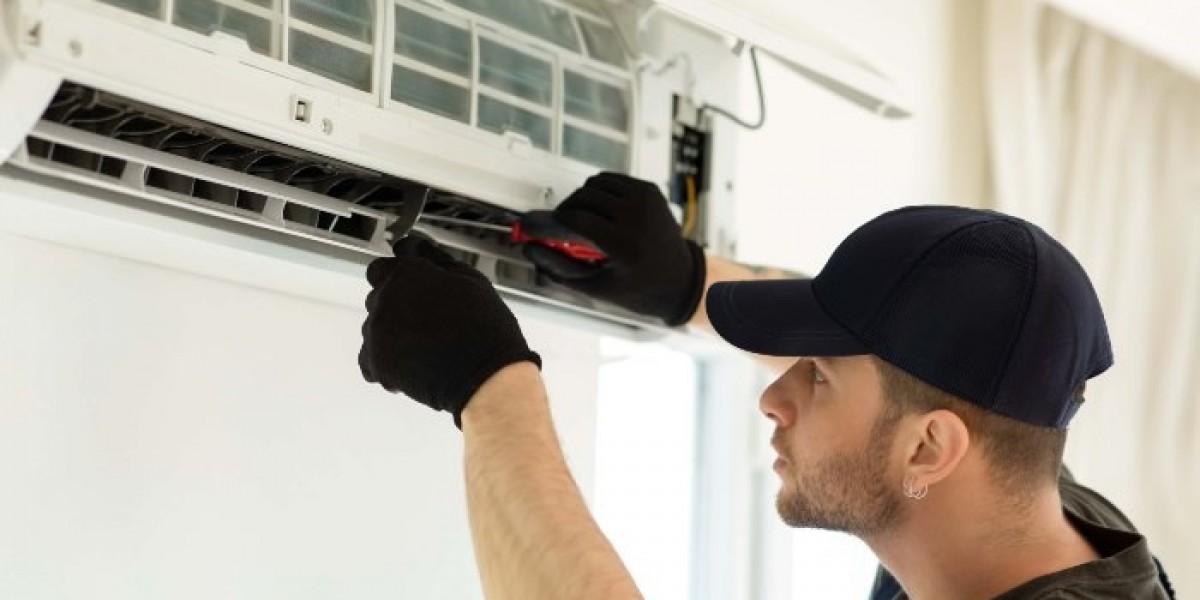Bunions, the often painful bony bumps that form at the base of the big toe, are a common foot ailment affecting millions. Recent news highlights a growing focus on both non-surgical and surgical advancements aimed at providing more effective and less invasive treatment options for this condition, also known as hallux valgus.
Beyond Wide Shoes: Non-Surgical Strategies Gain Traction
While accommodating footwear remains a cornerstone of initial bunion management, reports indicate a rise in sophisticated non-surgical approaches. Orthotics designed to improve foot mechanics, targeted exercises to strengthen foot muscles and improve joint mobility, and advanced padding and splinting techniques are being increasingly utilized to alleviate pain and slow the progression of the deformity. Experts emphasize early intervention with these conservative methods to potentially avoid or delay the need for surgery.
The Bunion (Hallux Valgus) Treatment Market Industry is expected to grow from 0.03 (USD Billion) in 2025 to 0.05 (USD Billion) till 2034, at a CAGR (growth rate) is expected to be around 6.80% during the forecast period (2025 - 2034).
Minimally Invasive Surgery: A Smaller Footprint for Bunion Correction
Surgical intervention, traditionally involving open techniques with larger incisions, is seeing a significant shift towards minimally invasive approaches. News outlets are featuring innovative procedures utilizing smaller incisions and specialized instruments to correct the bone alignment and reduce the prominent bulge. These techniques often lead to less post-operative pain, reduced scarring, and a faster recovery time, getting patients back on their feet sooner.
Stryker's PROstep MIS Lapidus System: A New Player in Minimally Invasive Correction
Recent reports highlight the launch of Stryker's PROstep MIS Lapidus fixation system. This technology aims to treat bunions through a minimally invasive surgical reduction, specifically addressing the hallux valgus deformity and the fusion of the first metatarsal cuneiform joint. Traditionally, this type of bunion correction involved an open surgical approach. The new system boasts advantages such as enhanced fixation stability through minimal incisions, potentially leading to a lower recurrence rate and smaller scars.
Lapiplasty: Targeting the Root Cause for Long-Term Correction
Another noteworthy surgical advancement gaining media attention is the Lapiplasty procedure. This technique focuses on correcting the bunion at its root cause – an unstable joint at the base of the metatarsal bone. By realigning the entire metatarsal bone in three dimensions and fusing the unstable joint with titanium plates, Lapiplasty aims to provide a more stable and long-lasting correction compared to traditional methods that primarily address the visible bump. Reports suggest that this procedure often allows for earlier weight-bearing post-surgery.
Personalized Treatment Plans: Tailoring Approaches to Individual Needs
Experts in the field are increasingly emphasizing the importance of personalized treatment plans for bunions. News articles highlight that the best approach depends on the severity of the bunion, the patient's activity level, pain tolerance, and overall health. A comprehensive evaluation, including physical examination and X-rays, is crucial to determine the most appropriate course of action, whether it be conservative management or a specific surgical technique.
The Role of Technology in Pre- and Post-Operative Care
Technology is also playing a growing role in bunion treatment. Advanced imaging techniques aid in pre-surgical planning, while virtual reality and digital tools are being explored for post-operative rehabilitation to guide patients through exercises and monitor their recovery progress.
Focus on Prevention: Educating the Public on Foot Health
Alongside treatment advancements, there's a renewed emphasis on public education regarding bunion prevention. News segments often feature advice from foot specialists on the importance of wearing properly fitting shoes with ample toe room and avoiding high heels or narrow-toed footwear, especially for individuals with a family history of bunions or pre-existing foot conditions.
Looking Ahead: Continued Innovation in Bunion Care
The field of bunion treatment continues to evolve, with ongoing research and development focused on refining surgical techniques, improving non-surgical interventions, and enhancing patient outcomes. As awareness of bunion-related pain and limitations grows, the demand for effective and less disruptive treatment options will likely continue to drive innovation in this area.



